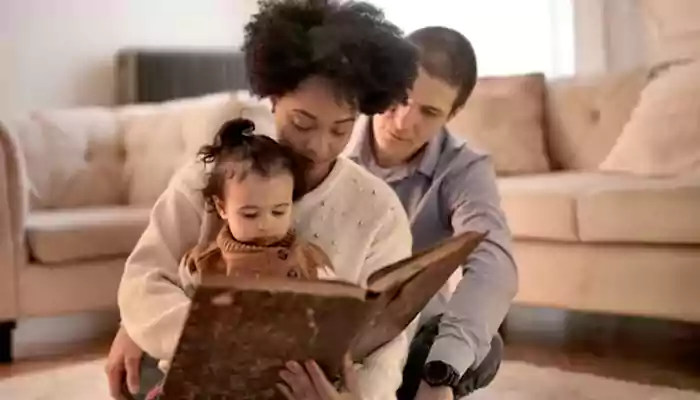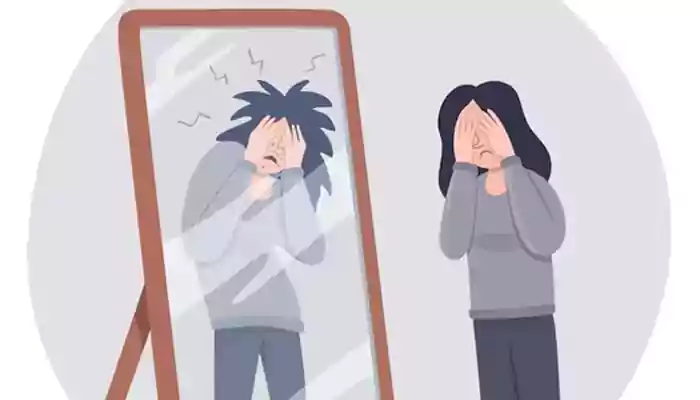
Engaging children in science from an early age is a surefire way to spark their curiosity and foster a lifelong love for learning.
Here are ten fun and educational science experiments that kids can safely try at home, turning your living room into a mini science lab!
Homemade Lava Lamp
A homemade lava lamp not only teaches kids about chemical reactions but also creates a mesmerizing visual effect. All you need is a clear container, water, vegetable oil, food coloring, and effervescent tablets. The oil and water separation demonstrates the concept of density, while the fizzing tablets create a captivating lava lamp effect.
Magic Milk
This colorful experiment introduces kids to the concept of surface tension. Add drops of different food coloring to a dish of milk. Dip a cotton swab in dish soap, touch it to the milk, and watch the colors dance and swirl!
Crystal Growing
Growing your own crystals at home can be a magical experience. Using simple ingredients like borax, water, and pipe cleaners, kids can learn about the process of crystallization. This experiment requires patience, teaching kids the value of waiting for results.
Invisible Ink
A fun way to combine science and secret messages! Lemon juice or baking soda can be used as invisible ink. When the 'ink' is heated gently (with adult supervision), a chemical reaction occurs, revealing the hidden message. This experiment introduces kids to the concept of oxidation.
DIY Volcano
Creating a homemade volcano is a classic science experiment. Baking soda and vinegar are the key ingredients to create an impressive eruption. This experiment helps kids understand acid-base reactions.
Static Electricity Butterflies
This experiment uses tissue paper butterflies and a balloon rubbed on hair or wool to demonstrate static electricity. Kids will be amazed as the static charge makes the butterflies 'fly'.
Rainbow in a Glass
Layering liquids of different densities creates a beautiful rainbow in a glass. This experiment visually demonstrates the concept of density and how certain liquids don't mix due to their different densities.
Dancing Raisins
In this experiment, raisins dance in a glass of soda, demonstrating buoyancy and gas bubbles. The raisins sink in the soda, but carbon dioxide bubbles attach to them, causing them to float to the surface. When the bubbles pop, the raisins sink again, creating a continuous dance.
Homemade Slime
Making slime is a fun way to learn about polymers. With just glue, borax, and water, kids can create their own squishy, stretchy slime. This experiment also teaches kids about the states of matter.
Egg in a Bottle
This experiment demonstrates the principle of air pressure. A hard-boiled egg can be sucked into a bottle with a neck smaller than the egg, using heat to create a change in air pressure.
Science doesn't have to be intimidating or complex. With these simple and fun experiments, kids can learn about the world around them right from their kitchen table. Remember, adult supervision is necessary for these experiments to ensure safety. Happy experimenting!












